Home>Home Appliances>Home Automation Appliances>How Do I Reset My Thermostat After Changing The Battery
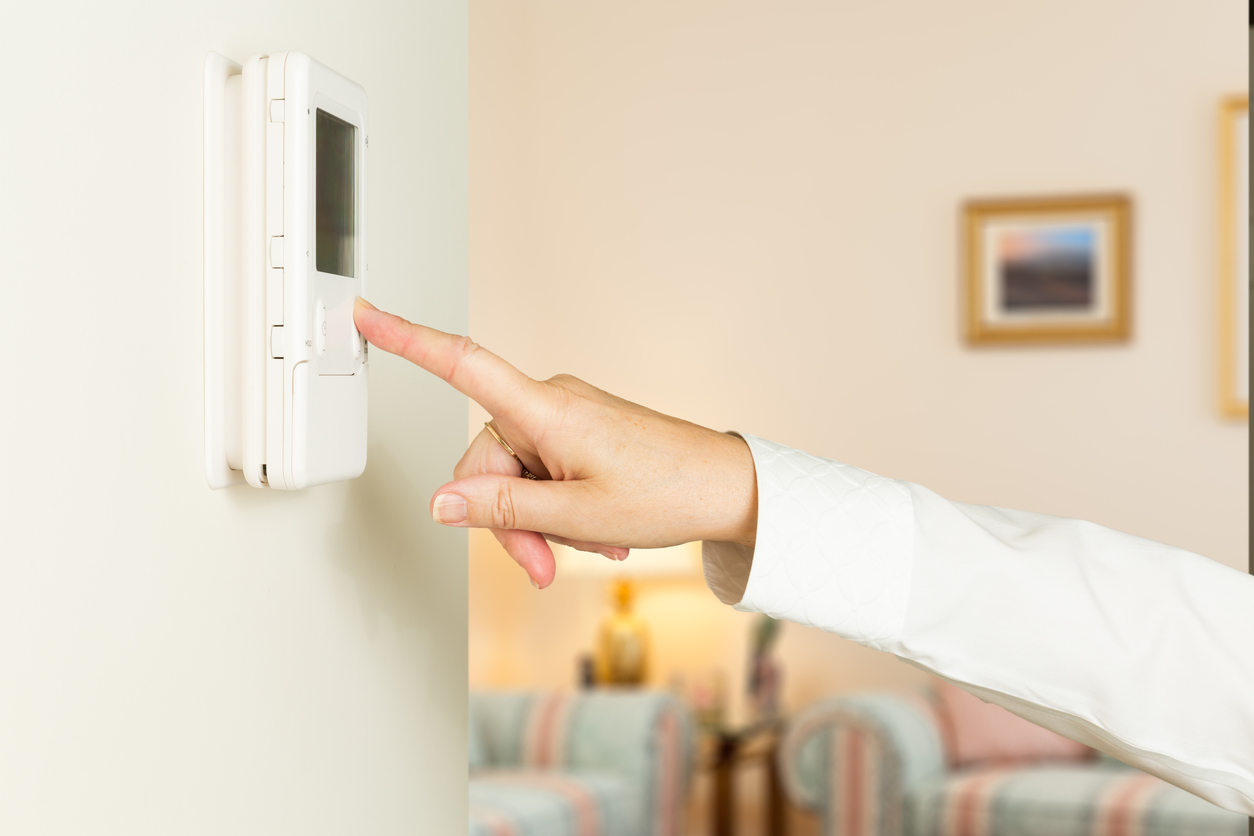

Home Automation Appliances
How Do I Reset My Thermostat After Changing The Battery
Modified: October 19, 2024
Learn how to reset your thermostat after changing the battery for seamless home automation appliance functionality. Follow our step-by-step guide.
(Many of the links in this article redirect to a specific reviewed product. Your purchase of these products through affiliate links helps to generate commission for Storables.com, at no extra cost. Learn more)
**
Introduction
**
Changing the battery in your thermostat is a routine maintenance task that ensures your heating and cooling system operates smoothly. However, after replacing the battery, you may need to reset the thermostat to restore its functionality. This process varies depending on the thermostat model and brand. In this guide, we will walk you through the steps to reset your thermostat after changing the battery, providing you with the knowledge and confidence to complete this task efficiently. Whether you have a digital, programmable, or smart thermostat, understanding the reset process is essential for maintaining a comfortable indoor environment. Let's delve into the simple yet vital steps required to reset your thermostat and resume its optimal performance.
**
Key Takeaways:
- Always turn off your thermostat before changing the battery to ensure safety and prevent electrical mishaps. Exercise caution and follow the steps to safely replace the battery and reset the device for optimal performance.
- After replacing the battery, follow the simple steps to reset your thermostat and customize its settings for a comfortable and energy-efficient indoor environment. Understand your thermostat’s features to efficiently complete the reset process.
Step 1: Turn off the Thermostat
**
Before commencing the process of resetting your thermostat after a battery change, it is imperative to turn off the device to ensure safety and prevent any potential electrical issues. The method for turning off the thermostat may vary based on the model and type of thermostat you have. Here are the general steps to follow:
- Locate the power or mode switch on your thermostat. Depending on your thermostat model, this switch may be labeled as “Off,” “System,” or “Mode.”
- Switch the power or mode setting to the “Off” position. This will effectively shut down the thermostat and prevent any electrical mishaps during the battery replacement process.
- Ensure that the thermostat display has powered down completely before proceeding to the next step. This step is crucial for your safety and the proper functioning of the device.
By turning off the thermostat, you create a safe environment for handling the battery replacement and subsequent reset process. This precautionary measure minimizes the risk of electrical shock and safeguards the thermostat's internal components. With the thermostat safely turned off, you are now ready to proceed with the battery replacement, confident in the knowledge that your safety is prioritized.
**
Step 2: Remove the Battery
**
Once the thermostat is safely turned off, the next crucial step in the process of resetting the device after a battery change is the removal of the old battery. This step is essential for ensuring the proper functioning of the thermostat. Follow these steps to remove the battery:
- Locate the battery compartment on your thermostat. This is typically situated on the back or bottom of the device, depending on the model.
- Gently open the battery compartment cover using your fingers or a small screwdriver, if necessary. Exercise caution to avoid damaging the cover or the surrounding components.
- Identify the old battery within the compartment. Depending on the model of your thermostat, the battery may be a standard AA, AAA, or a different type. Take note of the orientation of the battery to ensure proper replacement with the new battery.
- Carefully remove the old battery from its slot, ensuring that you observe the correct polarity and handle the battery with care. Dispose of the old battery in accordance with local regulations for battery recycling and disposal.
By methodically removing the old battery from the thermostat, you pave the way for a seamless replacement process. This step sets the stage for the subsequent installation of a fresh battery, which is essential for restoring power to the thermostat and initiating the reset process. With the old battery safely removed, you are now ready to proceed to the next step of replacing it with a new one.
**
Step 3: Replace the Battery
**
After successfully removing the old battery from the thermostat, the subsequent step is to replace it with a new, fully charged battery. This pivotal step is crucial for restoring power to the thermostat and preparing it for the reset process. Follow these steps to replace the battery:
- Retrieve a new battery of the appropriate size and type as specified by the thermostat manufacturer. Common battery types used in thermostats include AA, AAA, and others, depending on the model.
- Inspect the battery compartment to ensure it is clean and free from any debris or corrosion. If necessary, gently clean the compartment using a soft, dry cloth to guarantee optimal contact with the new battery.
- Insert the new battery into the compartment, paying close attention to the correct polarity as indicated by the markings inside the compartment. Ensure that the battery is securely seated in place to establish a reliable connection.
- Carefully close the battery compartment cover, ensuring that it is securely fastened to prevent any accidental dislodgment of the battery.
By diligently replacing the old battery with a new one, you are taking a crucial step toward restoring power to the thermostat and enabling it to function optimally. The successful installation of a new battery sets the stage for the subsequent steps in the reset process, allowing you to proceed with confidence and the assurance that the thermostat is ready to be powered on.
**
After changing the battery in your thermostat, look for a reset button or switch. If there isn’t one, try turning the power off and back on to reset it. If that doesn’t work, consult the manufacturer’s instructions for specific reset steps.
Step 4: Turn on the Thermostat
**
With the new battery successfully installed in the thermostat, the next vital step in the reset process is to power on the device. This step is essential for initiating the reset sequence and restoring the thermostat’s functionality. Follow these steps to turn on the thermostat:
- Locate the power or mode switch on your thermostat. Depending on the model, this switch may be labeled as “On,” “System,” or “Mode.”
- Switch the power or mode setting to the “On” position to activate the thermostat. Ensure that the display illuminates and the device powers up successfully.
- Observe the thermostat’s display to verify that it is responsive and operational. Depending on the model, you may need to wait for a few moments as the device initializes and displays the current settings.
- Confirm that the thermostat’s display indicates the availability of power and that it is ready to be configured with the desired settings.
By effectively turning on the thermostat, you are taking a significant stride toward reactivating the device and preparing it for the final step of resetting the settings. This crucial step sets the stage for the subsequent configuration of the thermostat’s settings, allowing you to tailor its operation to your specific comfort and energy-saving preferences.
**
Step 5: Reset the Thermostat Settings
**
After successfully turning on the thermostat, the final step in the reset process involves reconfiguring the device’s settings to ensure optimal operation and comfort. Depending on the model and type of thermostat you have, the process for resetting the settings may vary. Follow these general steps to reset the thermostat settings:
- Access the thermostat’s menu or settings interface, typically achieved by pressing the designated menu or settings button on the device.
- Navigate through the menu options to locate the reset or factory reset function. Depending on the model, this function may be labeled as “Reset,” “Restore Defaults,” or a similar term.
- Select the reset function and confirm your decision when prompted by the thermostat. This action will initiate the process of resetting the device to its default settings, erasing any previous configurations or adjustments.
- Wait for the thermostat to complete the reset process, which may involve restarting or displaying a progress indicator, depending on the model.
- Upon completion, the thermostat will be restored to its factory default settings, ready to be reprogrammed and customized according to your specific heating and cooling preferences.
By successfully resetting the thermostat’s settings, you have concluded the essential process of restoring the device to its default configuration, ensuring optimal functionality and performance. This step allows you to tailor the thermostat’s operation to your unique comfort and energy-saving requirements, providing you with a personalized indoor climate control experience.
**
Conclusion
**
Resetting your thermostat after changing the battery is a fundamental yet straightforward process that is essential for maintaining the optimal performance of your heating and cooling system. By following the outlined steps, you can confidently navigate through the battery replacement and reset process, ensuring that your thermostat is ready to effectively regulate your indoor climate.
Remember, safety is paramount when working with electrical devices. Always turn off the thermostat before handling the battery, and exercise caution to prevent any mishaps.
Additionally, familiarize yourself with the specific features and settings of your thermostat model to ensure a seamless reset process. Whether you have a digital, programmable, or smart thermostat, understanding the nuances of your device will empower you to efficiently complete the reset procedure.
After replacing the battery and resetting the thermostat, take the opportunity to customize the settings according to your comfort preferences and energy-saving goals. By leveraging the thermostat’s features, such as programmable schedules and temperature presets, you can optimize your indoor environment while conserving energy.
By adhering to the steps outlined in this guide, you can confidently reset your thermostat after changing the battery, ensuring that your heating and cooling system operates at its best. With a well-maintained and properly configured thermostat, you can enjoy a comfortable and energy-efficient home environment throughout the year.
Embrace the empowerment of understanding and maintaining your thermostat, and relish the comfort and control it brings to your daily life.
Frequently Asked Questions about How Do I Reset My Thermostat After Changing The Battery
Was this page helpful?
At Storables.com, we guarantee accurate and reliable information. Our content, validated by Expert Board Contributors, is crafted following stringent Editorial Policies. We're committed to providing you with well-researched, expert-backed insights for all your informational needs.
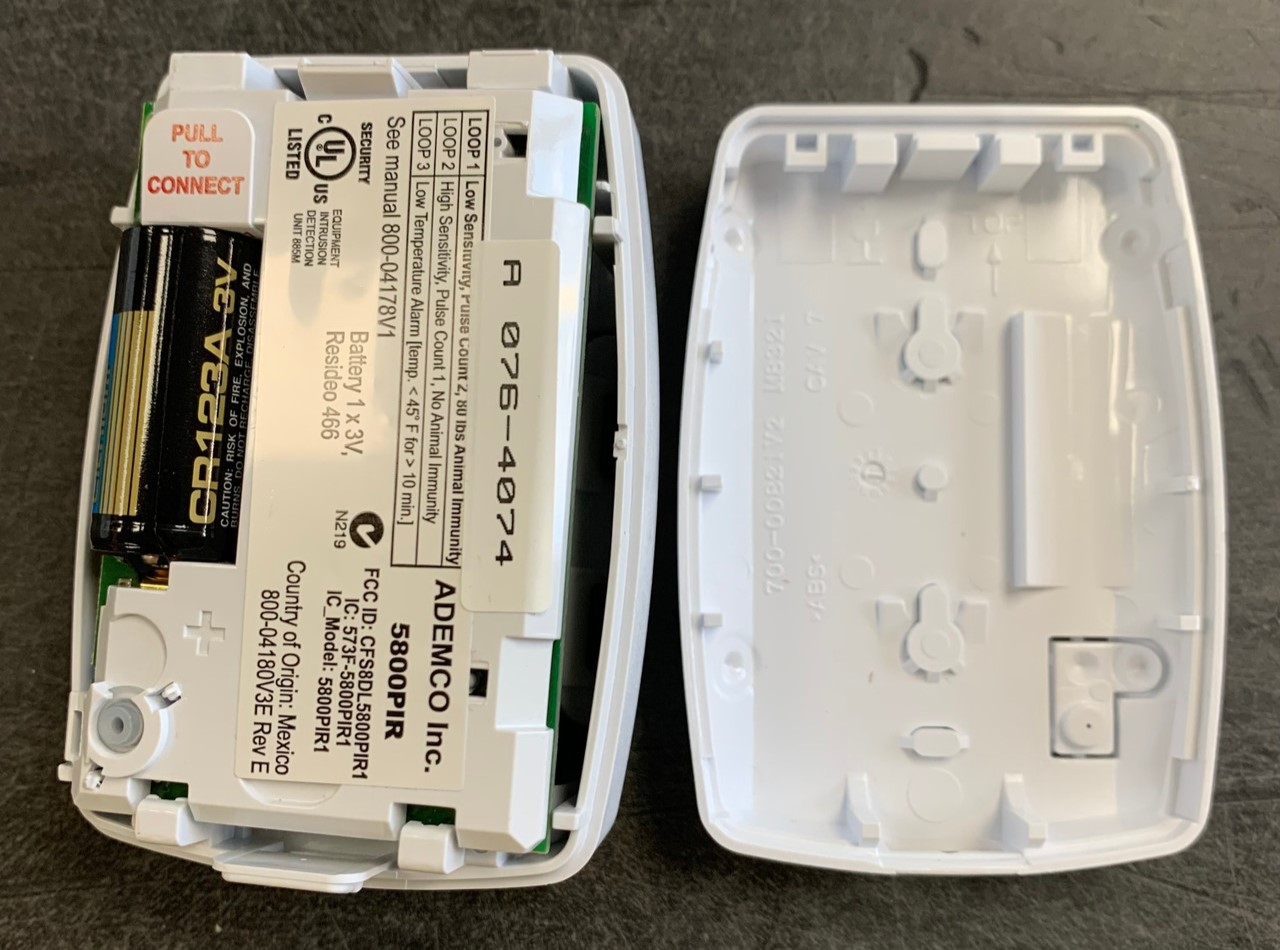
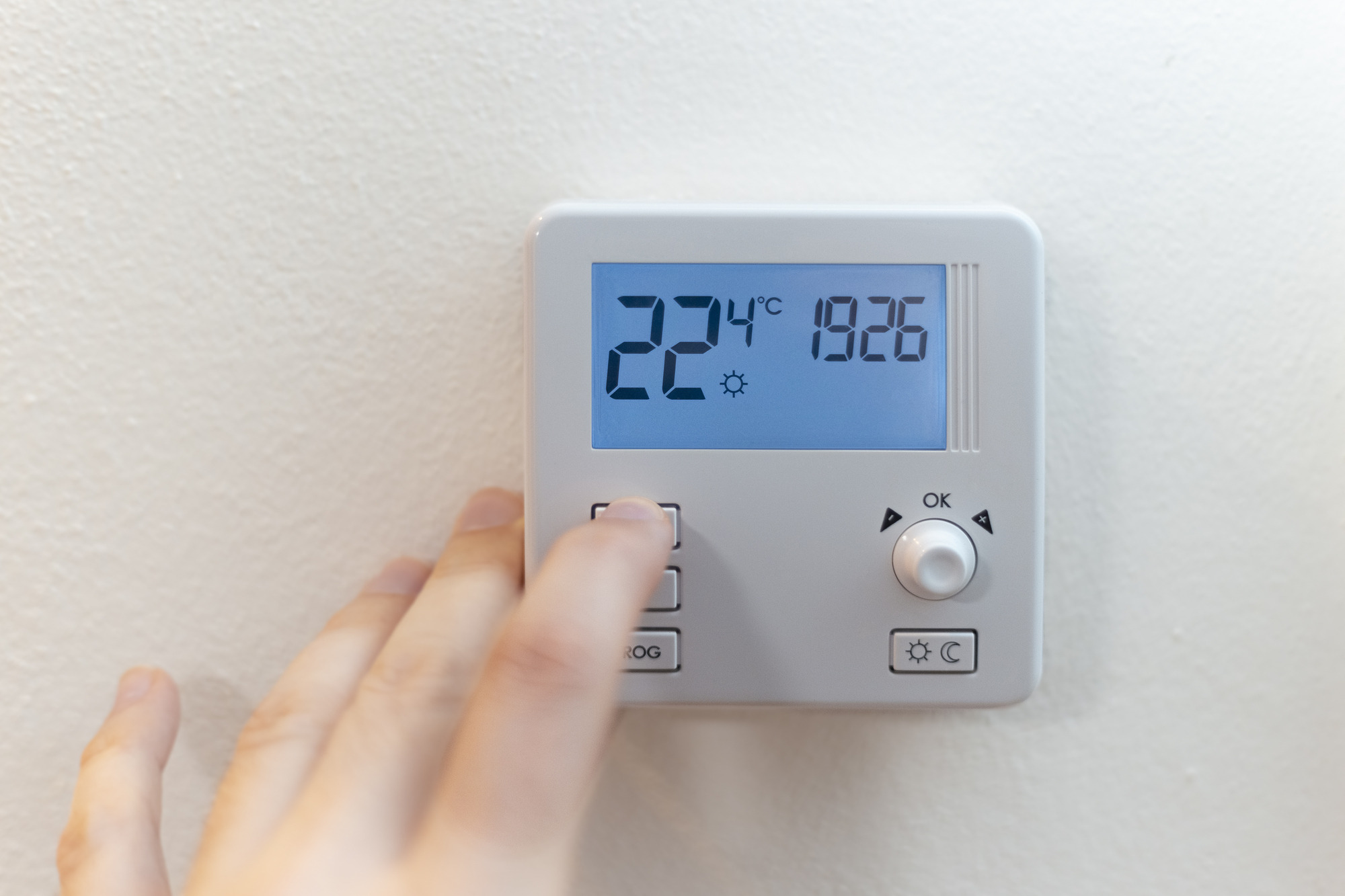
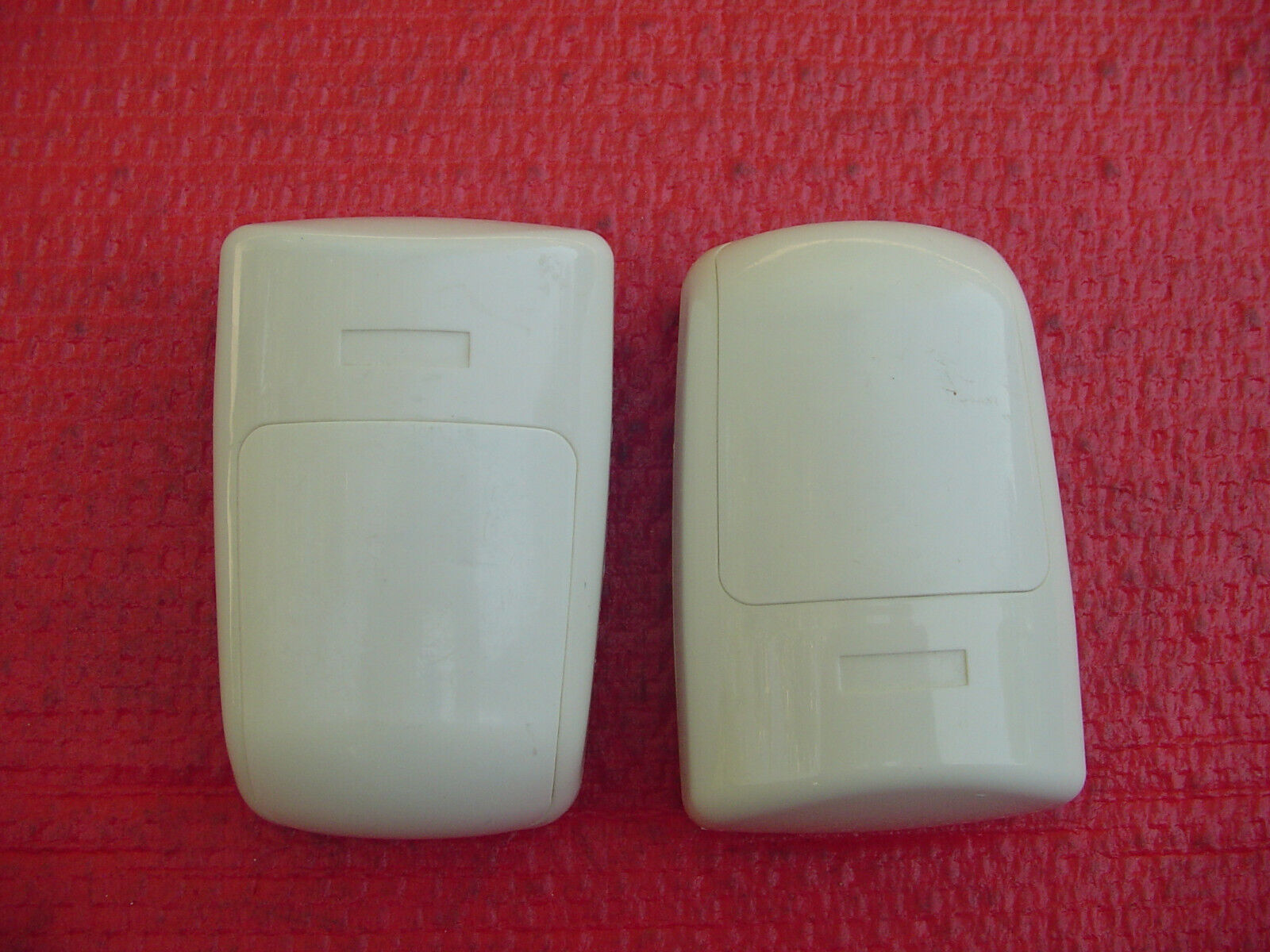
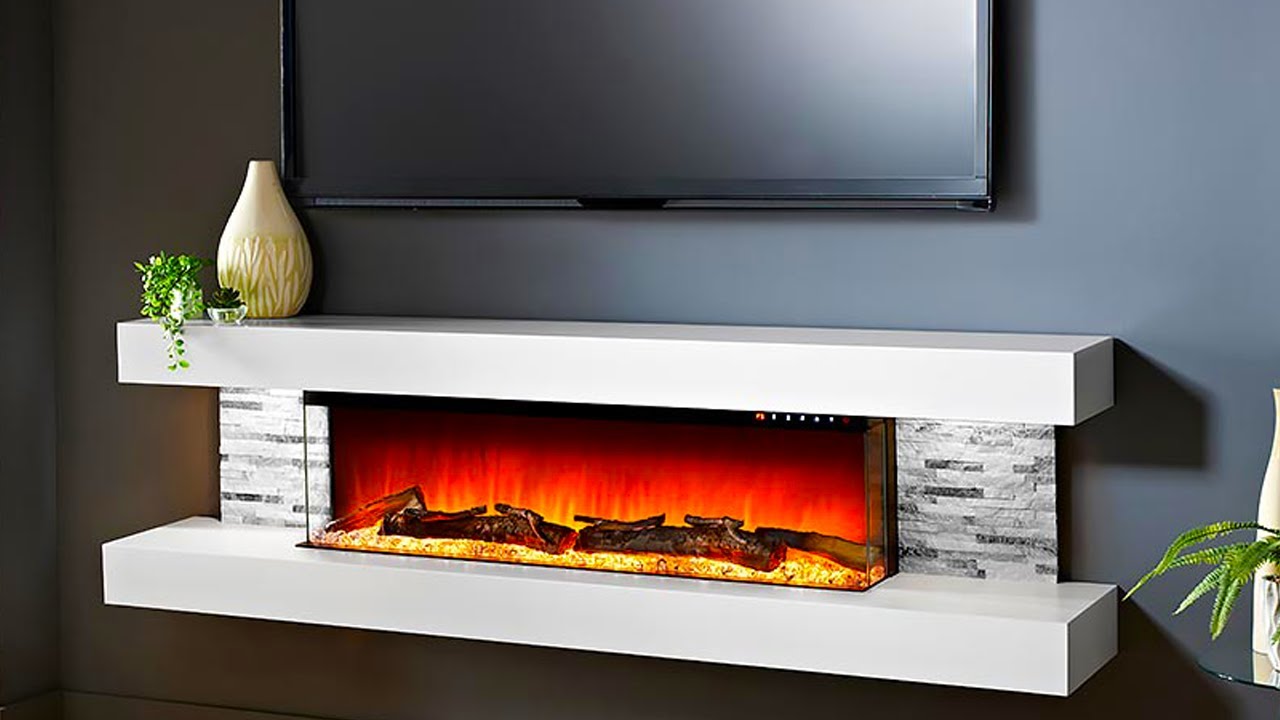
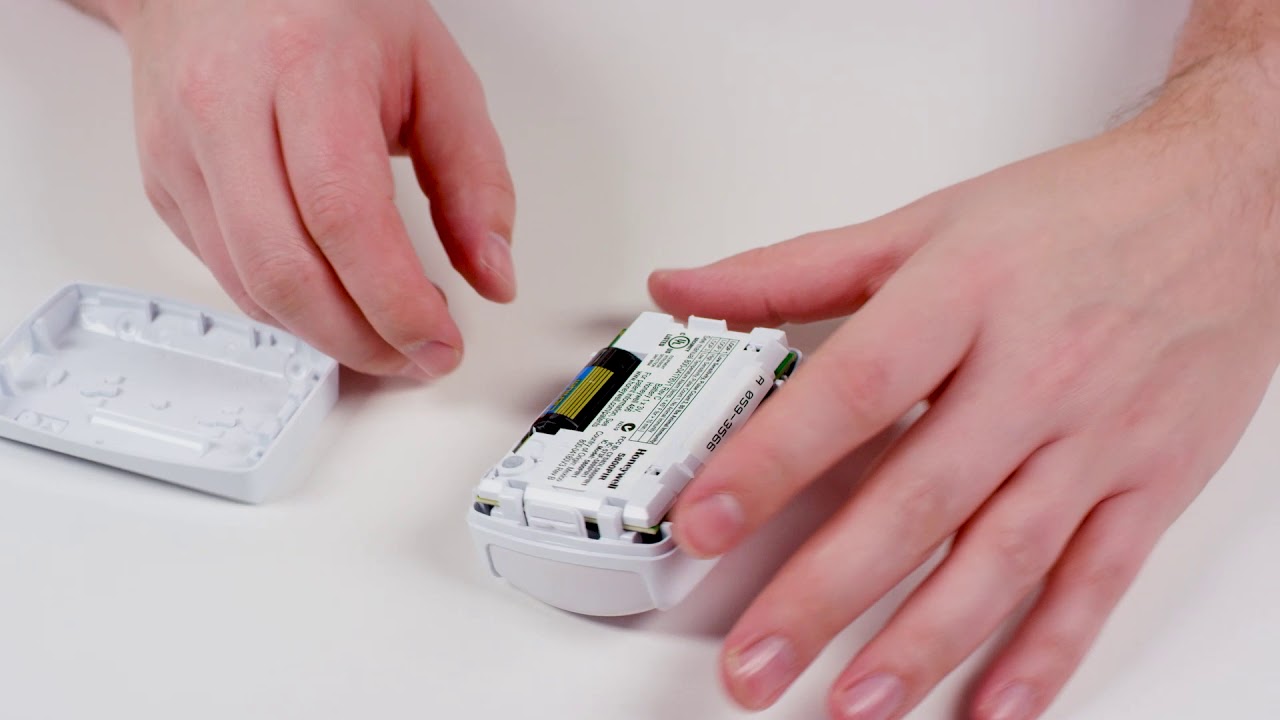
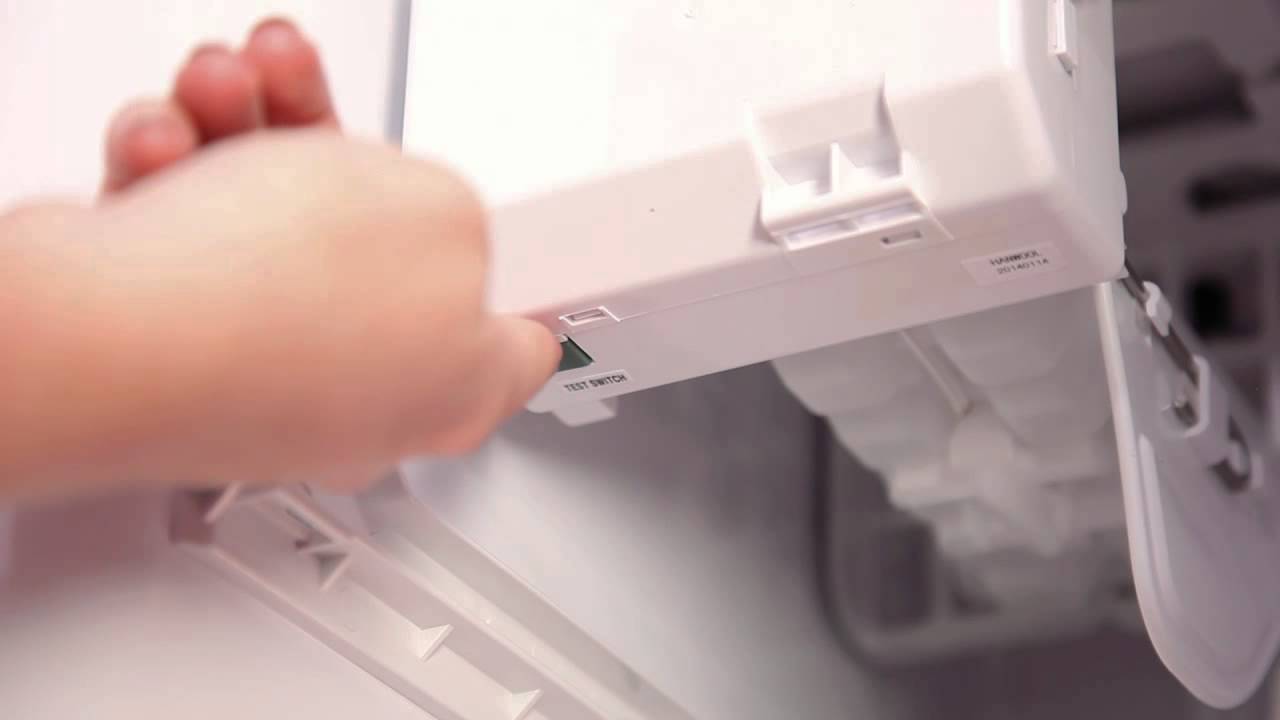
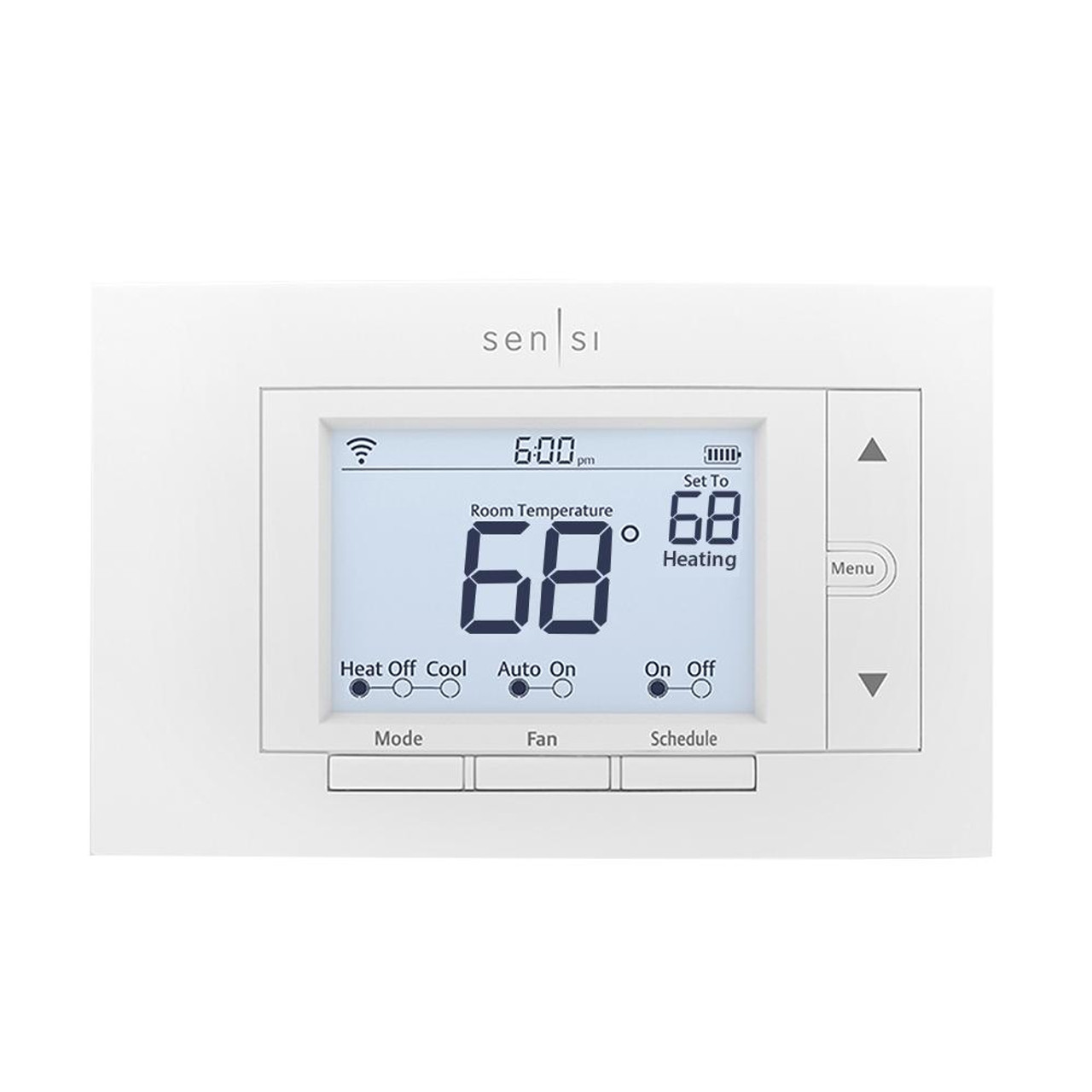

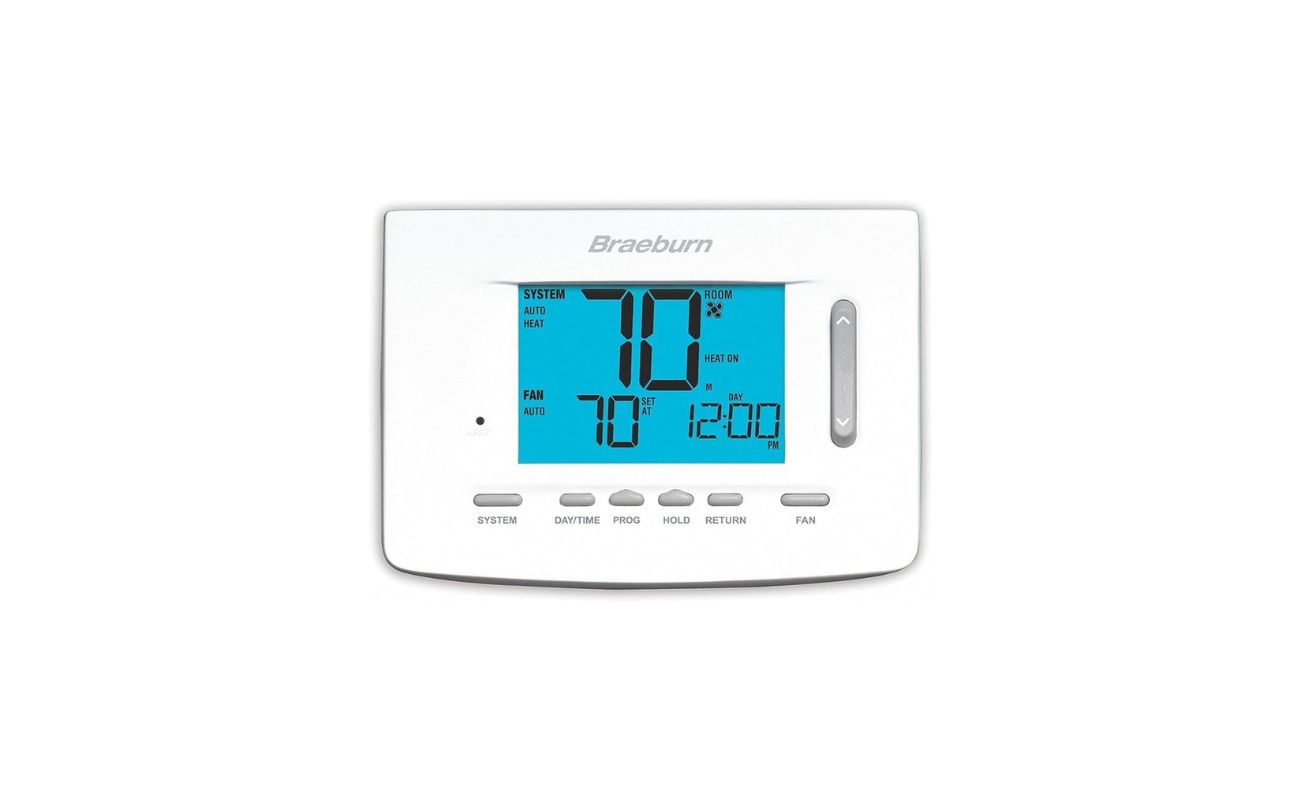
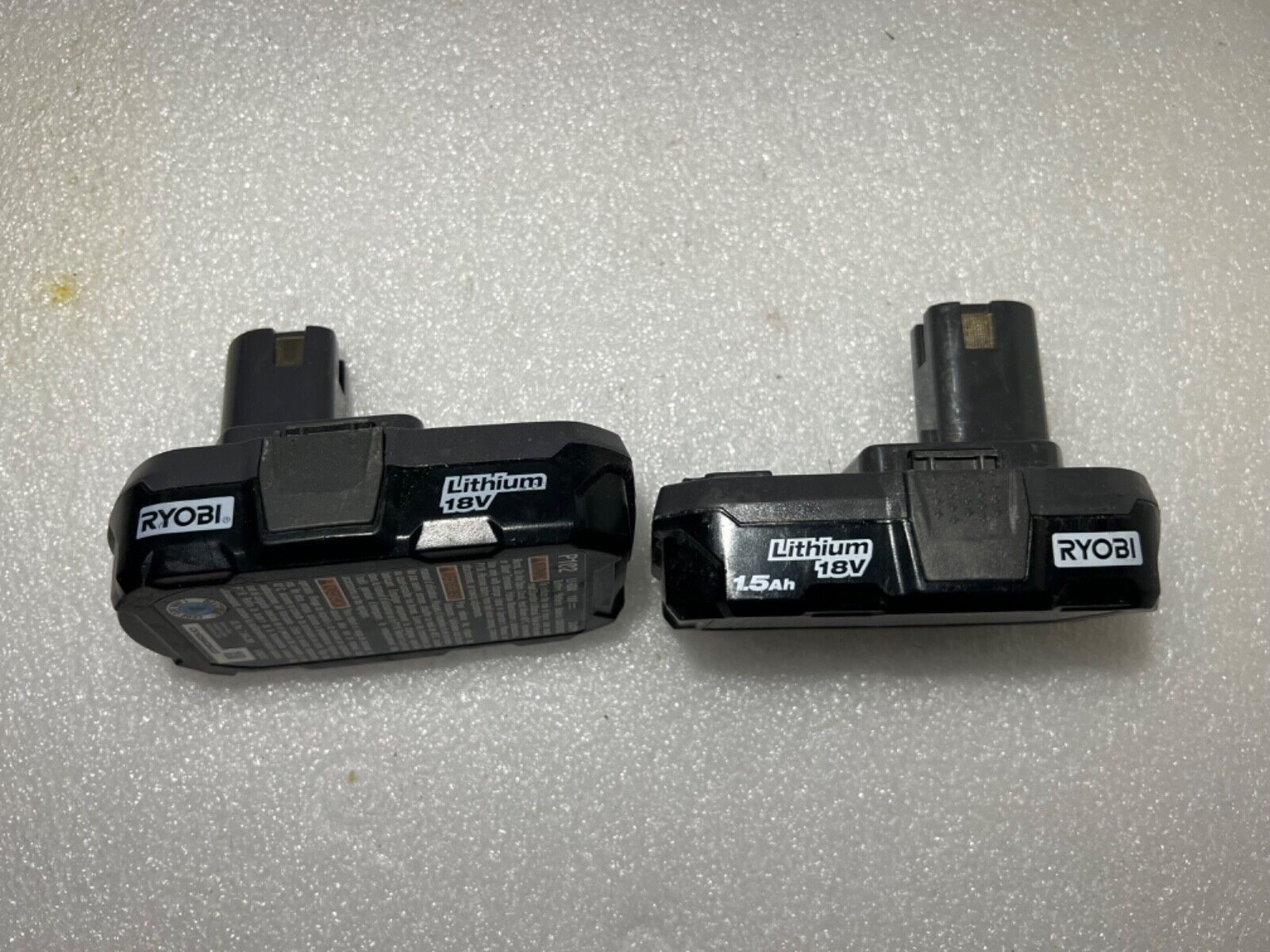
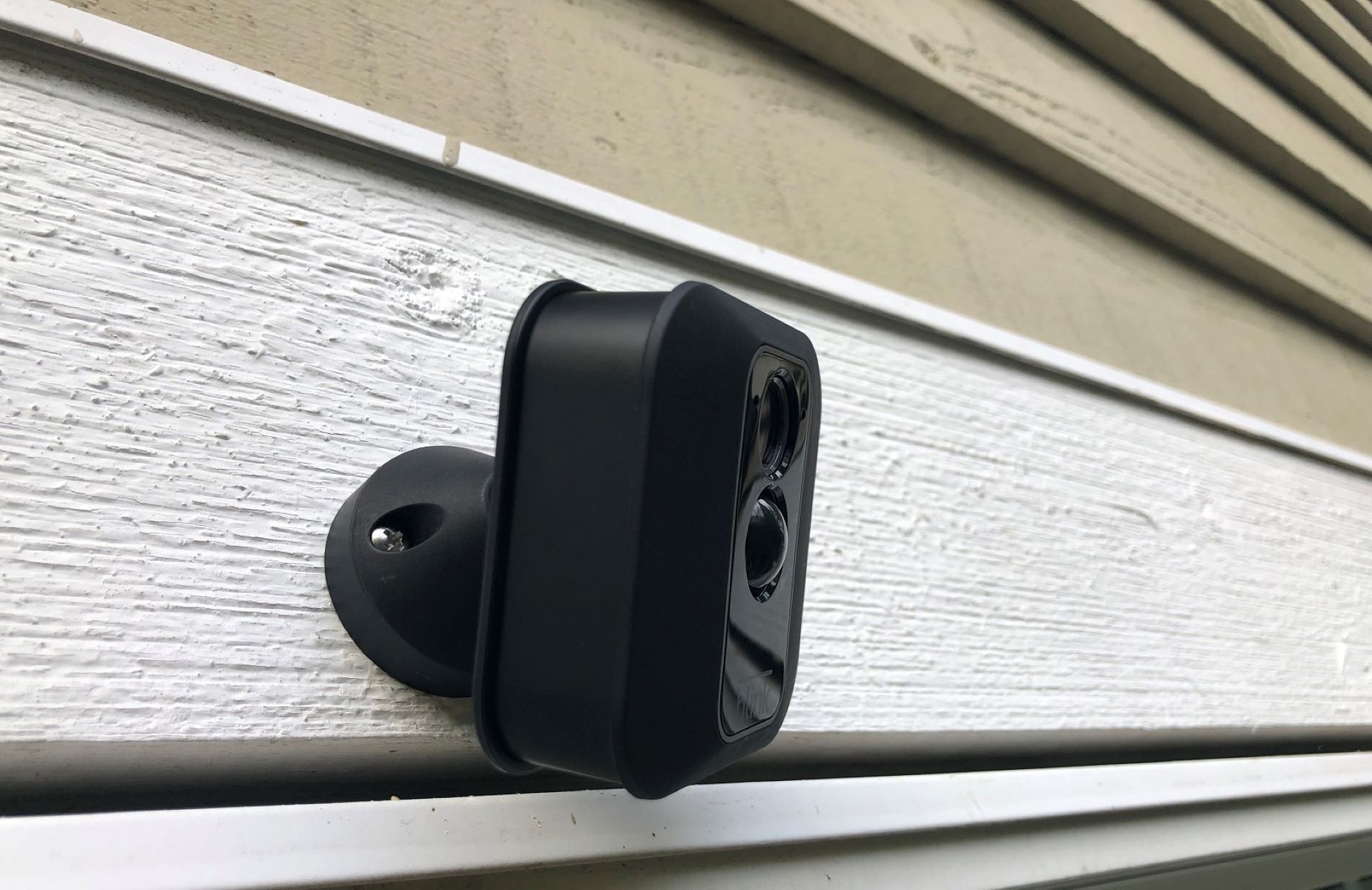
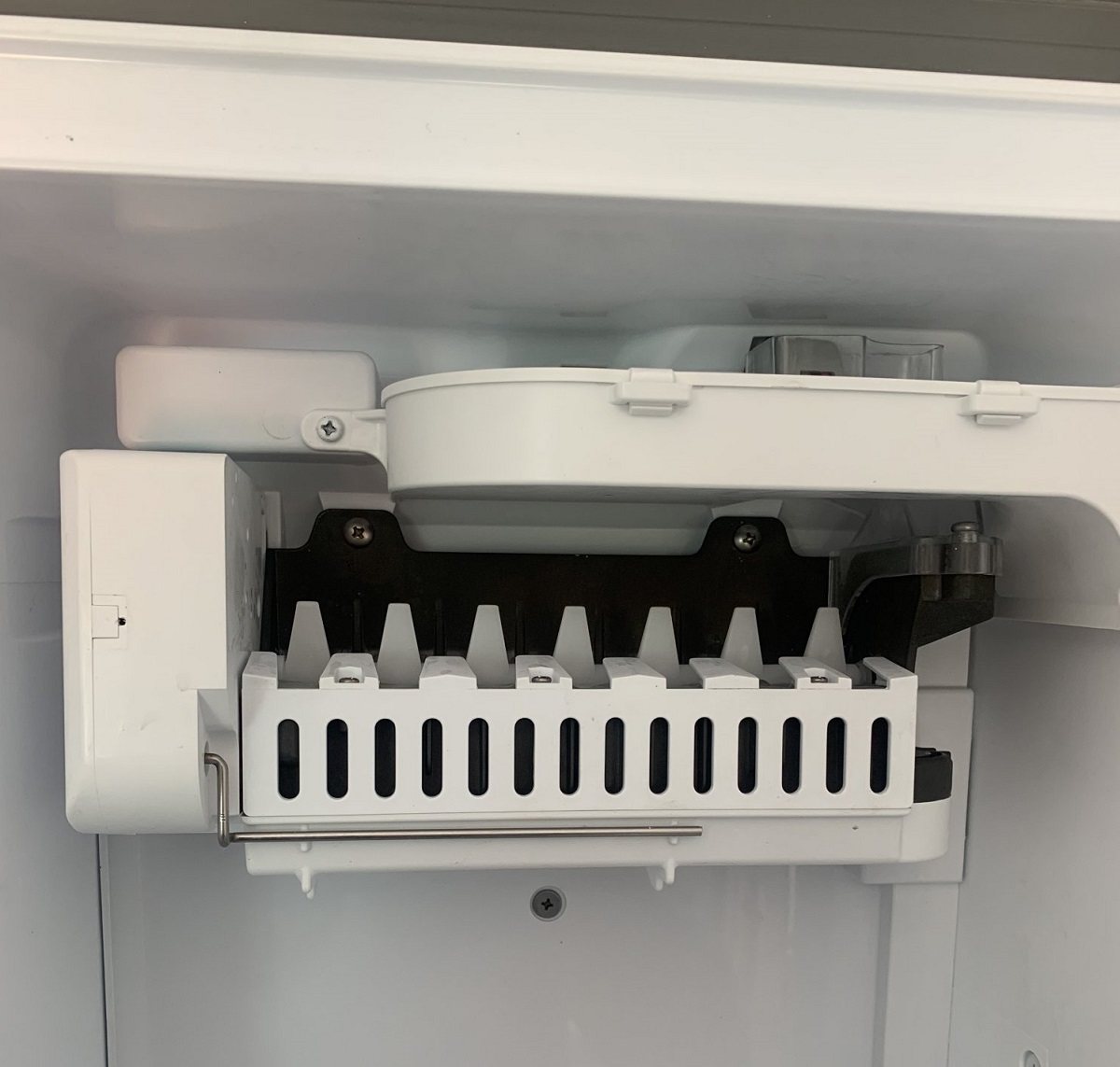
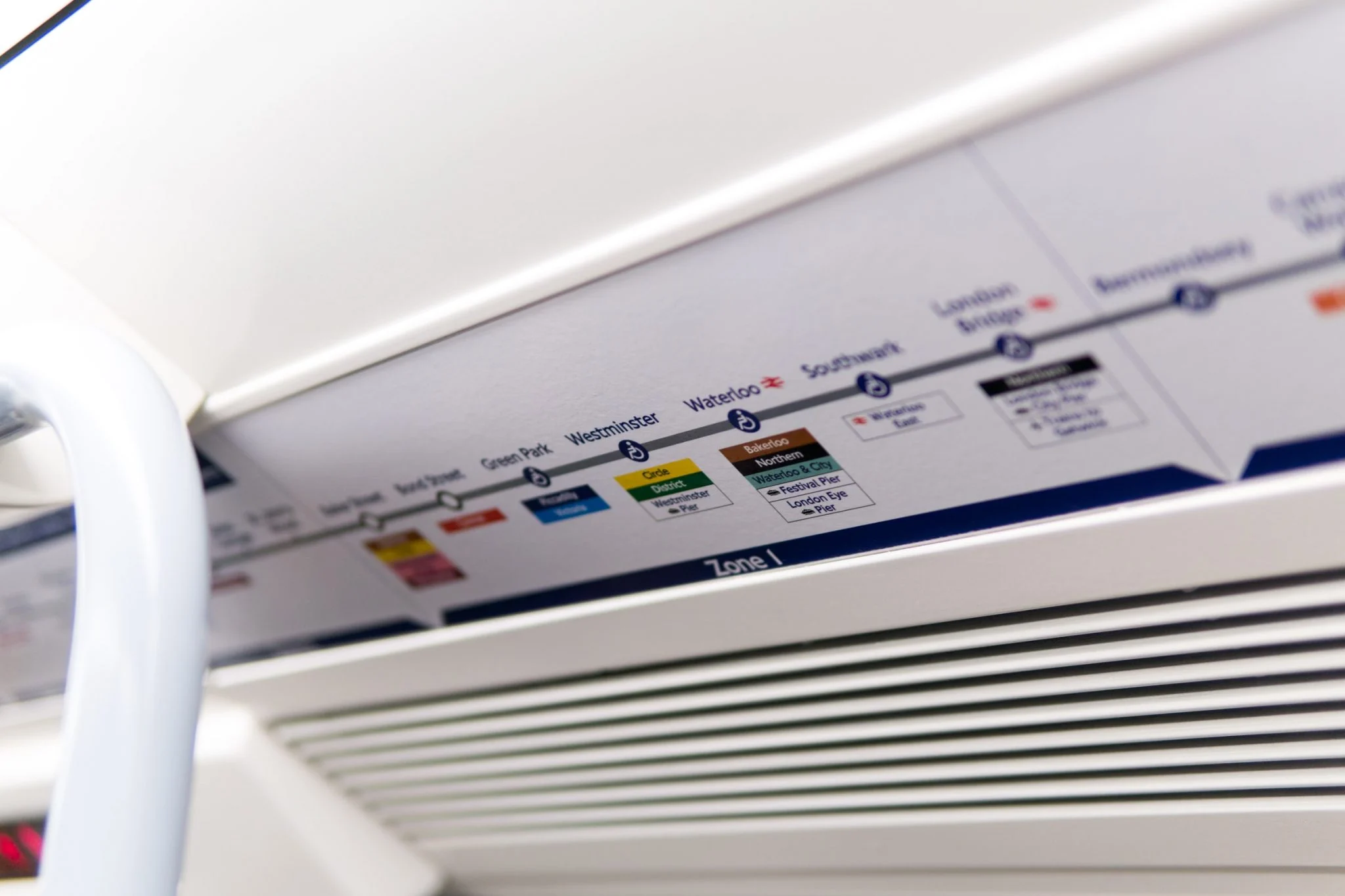
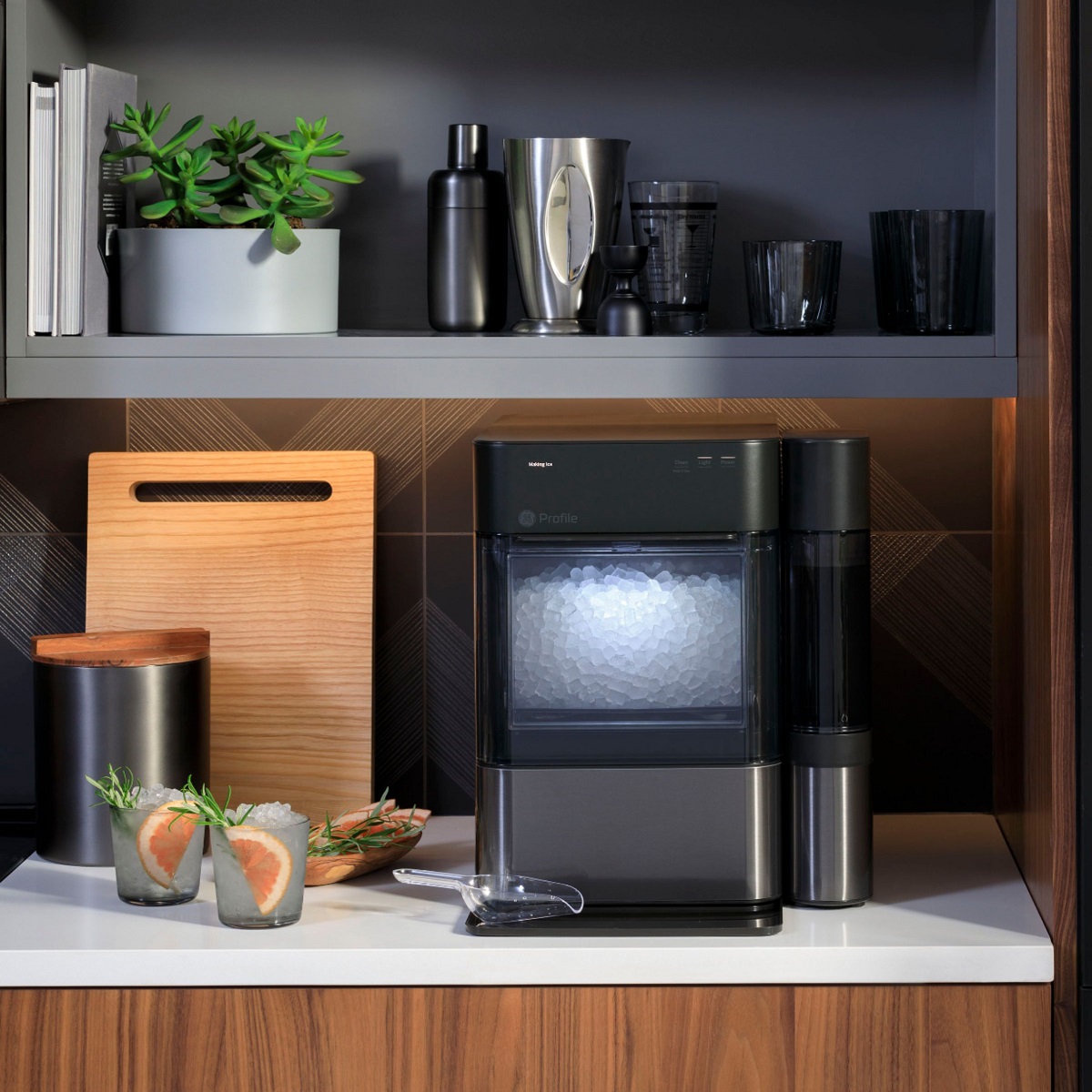

0 thoughts on “How Do I Reset My Thermostat After Changing The Battery”